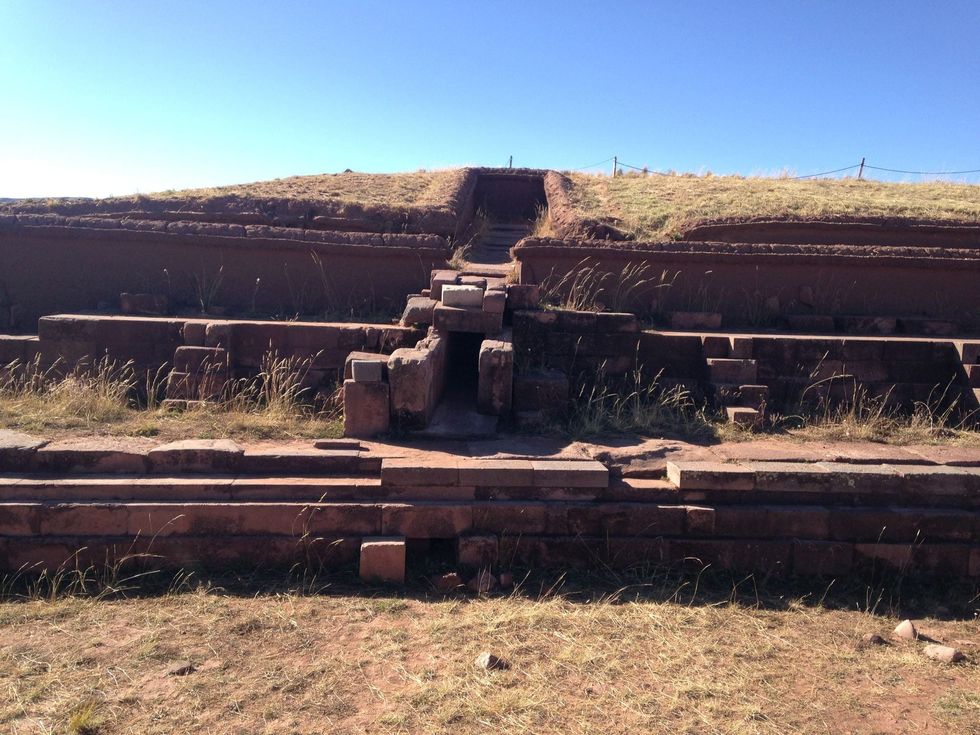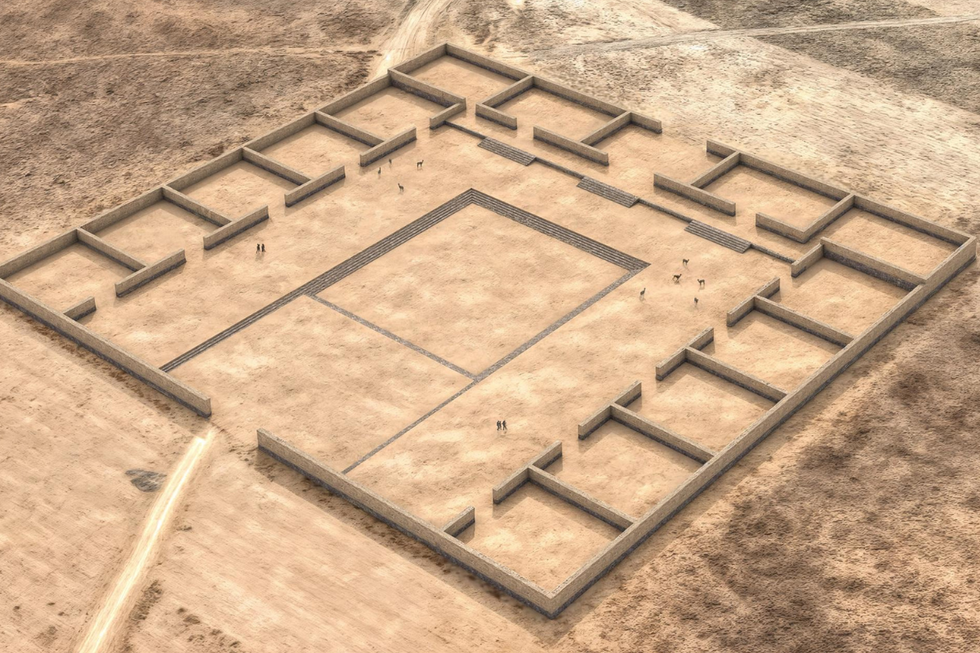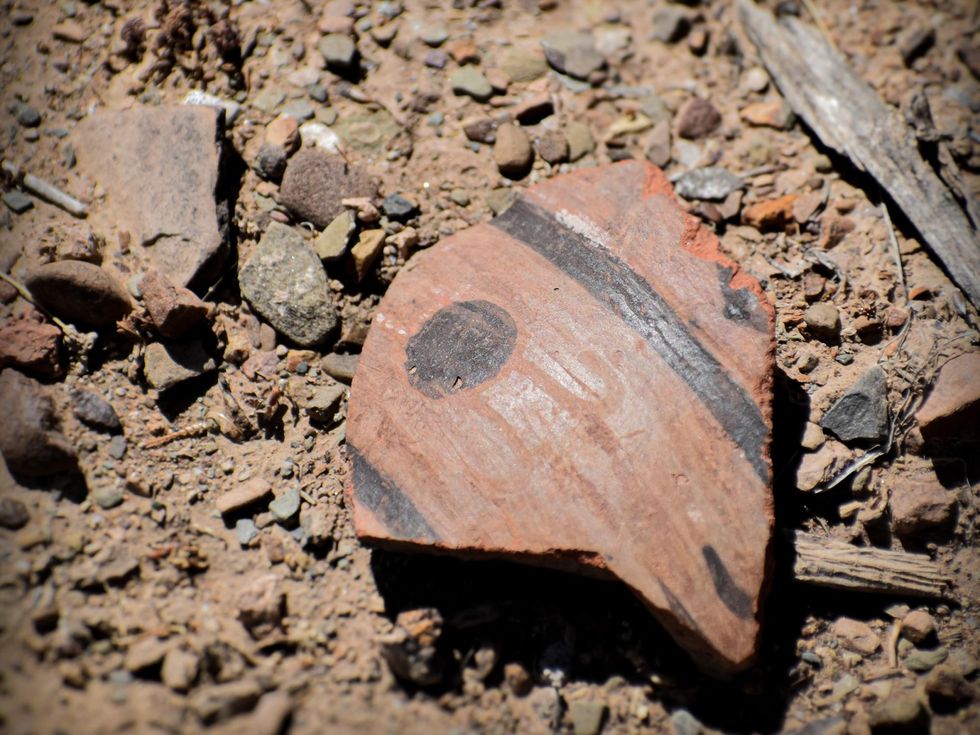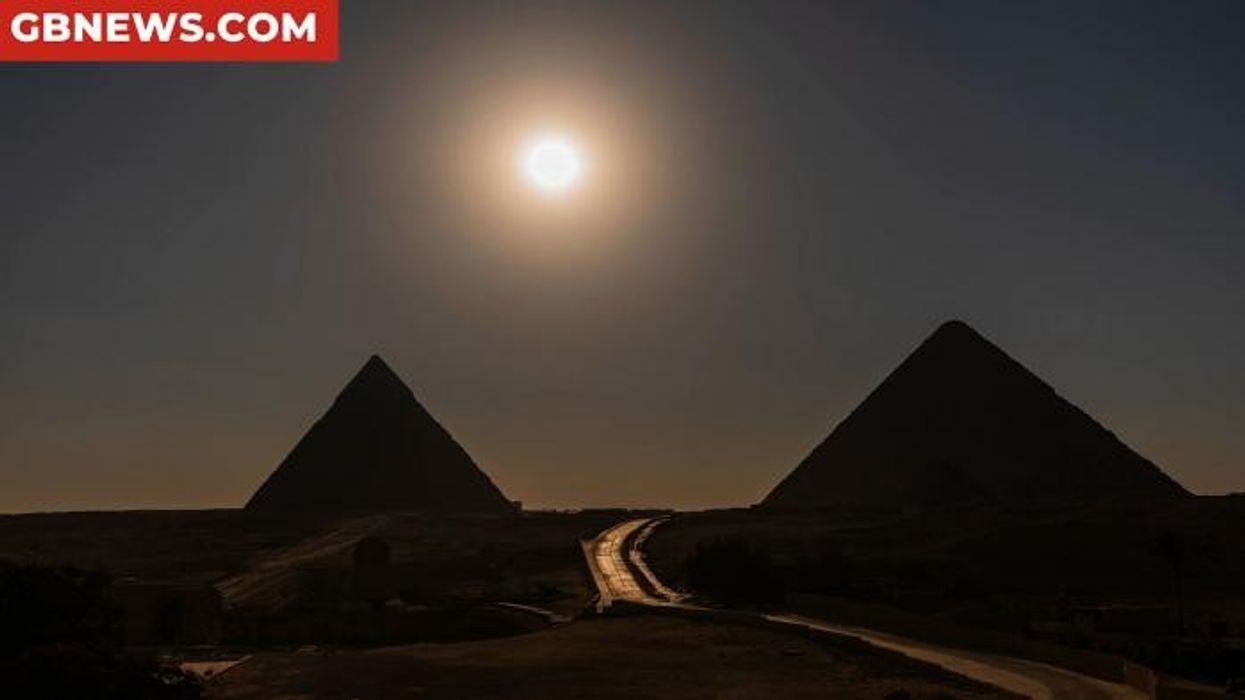Ancient temple belonging to mysterious Incan empire precursors discovered in Andes

The true nature of the mysterious Tiwanaku civilisation has long puzzled historians
Don't Miss
Most Read
Archaeologists have uncovered the ruins of an ancient temple that belonged to a mysterious South American civilisation.
The temple, called Palaspata after the native name for the area, has provided researchers with unprecedented insights into the Tiwanaku, an Andean culture that thrived near Lake Titicaca, the world's highest navigable lake.
The Tiwanaku were skilled stoneworkers who established one of the earliest civilisations in the Andes mountains.
At their peak, as many as 20,000 people inhabited the region, creating a highly organised society that left behind pyramids, terraced temples and monoliths before their unexplained collapse around 1,000CE.

The temple at Tiwanaku
|PENN STATE

A digital reconstruction of the ancient South American temple
|PENN STATE
The temple complex sits on a hill approximately 130 miles south of Tiwanaku's established historical site. Though the area was known to indigenous farmers, researchers had never explored it in depth until now.
The international team employed cutting-edge technology to investigate the site after noticing an unusual four-sided plot of land.
They compiled satellite images and deployed unmanned aerial vehicles to capture photographs, which were then used to construct a three-dimensional model of Palaspata and its surrounding landscape.
The complex spans roughly the size of a city block and features 15 quadrangular enclosures arranged around a rectangular inner courtyard.
LATEST DEVELOPMENTS:

A large stone figure at Tiwanaku
|GETTY

The surface of the temple contained numerous fragments of keru cups
|PENN STATE
The temple's strategic location connected three major trade routes linking the highlands, a high-altitude plateau, and the Andean valleys of Cochabamba.
This positioning made Palaspata a vital commercial hub where traders and monument builders converged.
The site's composition indicates it served religious purposes, particularly for rituals following the solar equinox—the biannual moment when the sun sits directly above the equator. However, its function extended beyond spiritual ceremonies.
Surface excavations revealed fragments of "keru" cups used for drinking chicha, a traditional maize beer consumed during agricultural celebrations.
José Capriles, lead author of the study published in the journal Antiquity, explained the significance of the discovery: "Their society collapsed sometime around 1,000CE and was a ruin by the time the Incas conquered the Andes in the 15th century."
 José Capriles, Penn State associate professor of anthropology, led the study |
José Capriles, Penn State associate professor of anthropology, led the study | PENN STATE
He noted that whilst Tiwanaku's influence extended far beyond Lake Titicaca, scholars continue to debate the extent of their actual control over distant territories.
"Most economic and political transactions had to be mediated through divinity, because that would be a common language that would facilitate various individuals cooperating," Capriles said.
The Penn State University anthropologist emphasised the broader implications: "With more insight into the past of this ancient site, we get a window into how people managed cooperation, and how we can materially see evidence of political and economic control."











